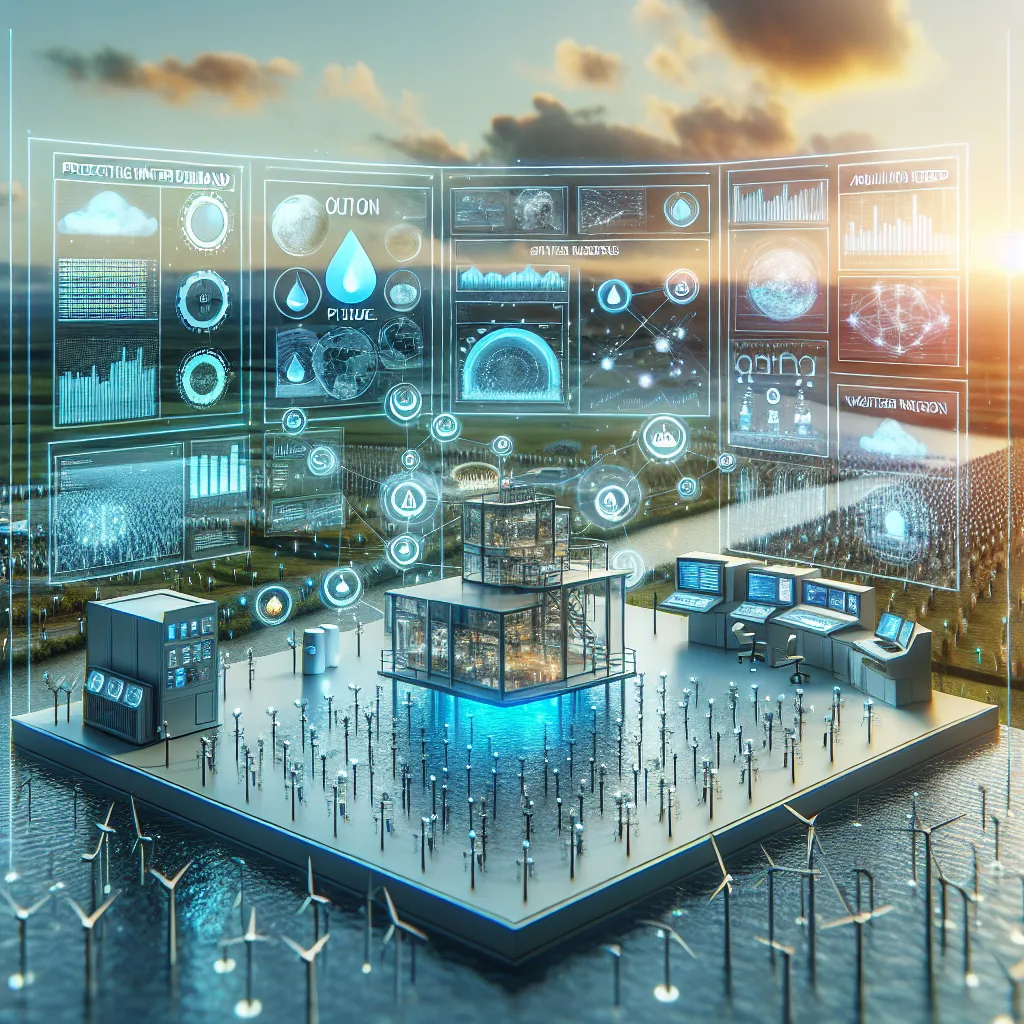AI-Driven Models for Managing Water Resources in Water-Stressed Regions | Model Berbasis AI untuk Mengelola Sumber Daya Air di Wilayah yang Kekurangan Air
Baca dalam Bahasa Indonesia AI-Driven Models for Managing Water Resources in Water-Stressed Regions
Understanding the Water Crisis
Water is an essential resource for life, yet many regions around the globe are facing significant water stress. This crisis arises from a combination of factors, including:
Population Growth: As populations grow, so does the demand for water for drinking, agriculture, and industry. Climate Change: Altered weather patterns lead to unpredictable rainfall, droughts, and floods, exacerbating water scarcity.
[Read More]
